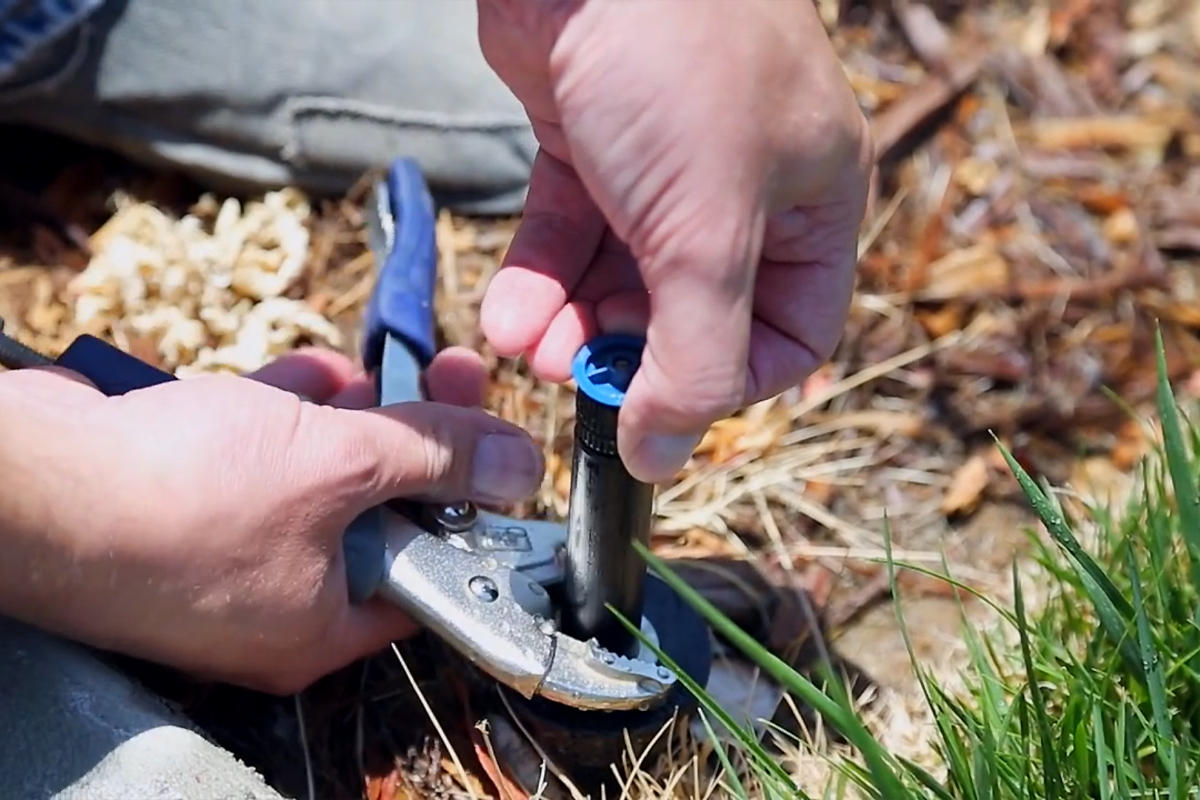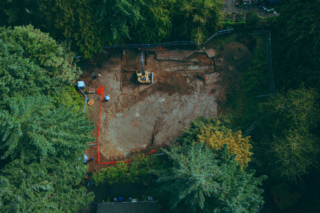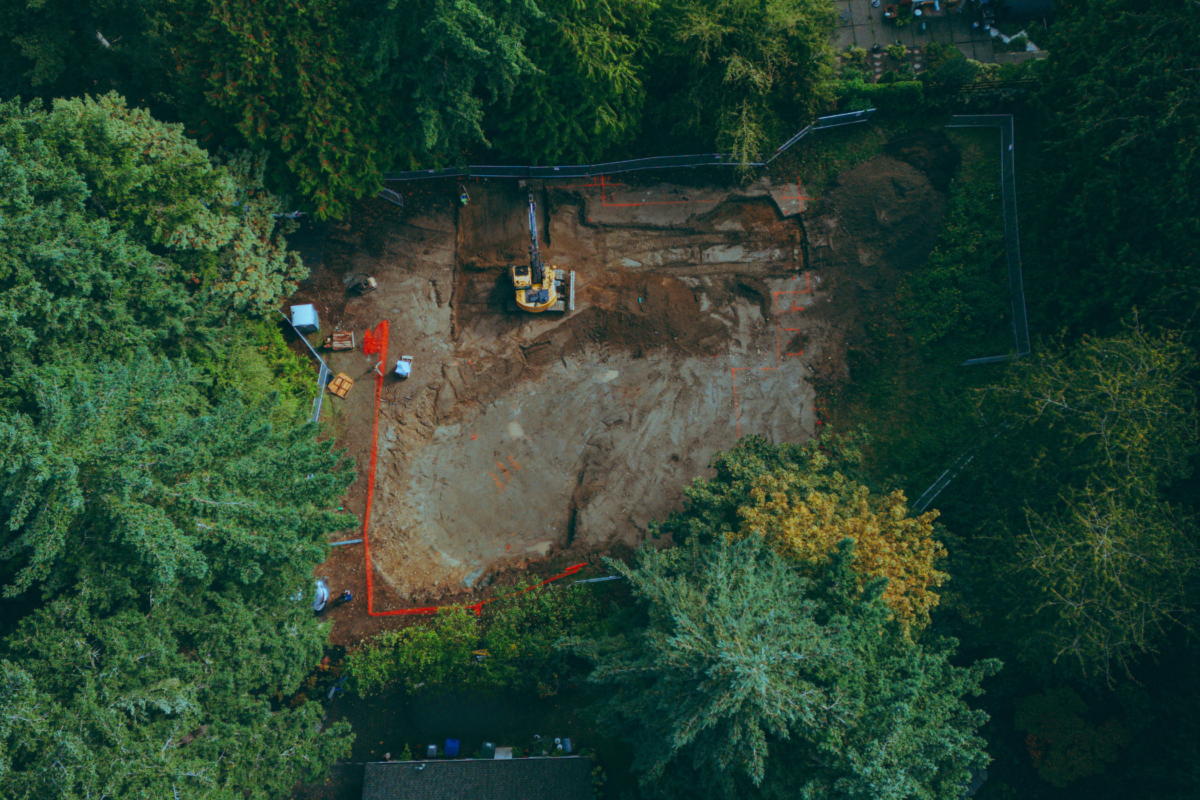Your sprinkler irrigation system isn’t difficult to maintain. If you have an automatic irrigation system, the chances are that your system is quite simple and doesn’t require much maintenance at all. In fact, in most cases, it can be as simple as topping off your tank periodically, flushing outlines, and cleaning up any debris that gets in your way. So, what exactly do you need to do to maintain a healthy lawn?
2016 research from the National Association of Landscape Professionals found that 78% of US adults indicated having a lawn or landscaping in their homes, but when quizzed:
- 64 percent falsely believe all grass needs to be fertilized in the spring.
- 57 percent mistakenly believe that if a lawn is not green, it is not healthy.
- Nearly one in three (32 percent) admit they aren’t sure how often they should water their lawns.
- 31 percent who have a lawn/landscape say they don’t know how to grow a healthy/lush lawn.
Though a mindless task for some, it’s essential to know how to maintain your sprinkler system. If you don’t, you risk having an expensive repair bill. Equipping yourself with knowledge of your sprinkler system starts with knowing what parts it usually has. The system usually has the following:
- A water supply pipe that’s connected to your primary water source
- A ground-level valve box that’s divided into different underground irrigation zones
- Zone valves that control each irrigation zone
- An electronic controller to manage the time and duration of the watering sessions
Regular sprinkler system inspections might help you detect a problem before it gets costly. We recommend having your irrigation system inspected twice a year before turning it on in the spring and off in the fall.
From January to early March, late winter is the optimal time to schedule your spring checkup. Because landscape businesses are busier at this time of year, it’s easier to arrange an appointment now rather than later when the spring rush arrives. You’ll be ready for spring knowing your irrigation system is up to the challenge.
When maintaining irrigation systems what should you inspect?
- Pipes and Lines – You should inspect all irrigation mains and laterals for leaks and cracks. Even though you checked the system in the fall, do so now since water remaining in the line can freeze, causing damage and leaks. Even if the system has been entirely drained, roots can develop around the pipes and cause them to crack.
- Sprinkler heads and rotors – Sprinkler heads, like irrigation lines, can be damaged by freezing water. Turn on the water in the spring and inspect each to ensure it’s working correctly. Sprinkler heads have a limited lifespan, so check for regular wear and tear and replace any that appear to be failing. The cheap ones from big-box stores don’t last very long.
- Controllers and other components – Overwatering is a common problem, so be sure you’re not watering more than you need to. Most lawn requires 1″ of water every week, so if your system is set for more, you’re probably wasting more water than you need to and risking turf damage from fungal disease. It is best to install a rain sensor in your system if you don’t already have one. It can assist prevent overwatering damage.
Now that you’re familiar with the different parts of your sprinkler system let’s get to the steps to maintain it. Here at JayMarc Homes, we’re making it easier for you to understand how to care for your sprinkler system in five easy steps:
Setting the time clock and watering times
An automatic time clock controls most sprinkler systems. You can find instructions on changing the time clock and watering time settings on the inside cover of the timer. The timer is usually located inside the home or in the garage.
Trimming the grass and shrubs
Keeping the grass and shrubs trimmed around the sprinkler heads is very important to ensure that the water reaches every part of a zone. Having blockages near or over the sprinkler head will cause the water to stay in the sprinkler area, leading to the grass or any plants being overwatered or, worse, drowned.
Cleaning the sprinkler heads
Occasionally, the sprinkler heads will clog with sediment build-up and must be removed and cleaned. Instructions are usually available inside the manufacturer’s manual. Tools helpful in cleaning sprinkler heads are vice grips, needle-nose pliers, and a microfiber towel.
How to Maintain Lawn Irrigation System Following These Six Simple Steps
Step 1: Pull up the sprinkler tip using your fingers.
Step 2: Ensure that the sprinkler remains in place by using a clamp that the vice grips onto the shaft of the sprinkler tip. Adjust as needed so that the sprinkler does not fall back into the housing.
Step 3: Remove the filter by grabbing the sprinkler head at the threaded portion and unscrewing it. You can use needle-nose pliers for this task.
Step 4: Clean any debris on the filter by wiping it down with a towel.
Step 5: Clean the sprinkler system by turning on the line for a few seconds, with the vice grip still clamped down.
Step 6: Reassemble the sprinkler and put it back inside the housing.
Checking zone coverage
Your lawn is divided into several “zones,” depending on the size of the yard. To test the system, turn the sprinklers on manually. You should check each zone for proper coverage and properly operating sprinkler heads. If you notice that an area is not being covered, you may adjust the system to reach every spot.
Check the zone’s control box. Ensure that all the connections are secure and that the circuit breaker hasn’t tripped. If you’re not comfortable dealing with circuit breakers or can’t locate the problem, don’t hesitate to contact a professional for assistance.
Make sure the heads are aimed correctly as well. Water should not be sprayed on sidewalks or buildings, as this can increase your water bill. Check to make sure that all plants are covered to avoid dry areas and withering plants.
Maintain your irrigation system while checking for leaks and broken parts.
Although it may be tempting to try and resolve leaks or replace broken parts on your own, it’s better to call your contractor for help to avoid even bigger problems.
Keep in mind that sprinkler irrigation is a dynamic system. Damage can occur during the season, so keep an eye on it to avoid problems getting out of hand. If you notice anything unusual or any issues, it is best to check it right away before it gets out of hand.
For more home maintenance tips, visit our blog and follow us on our social media channels. We want you to love where you live!
Sources:
https://www.tlake.com/blog/when-is-the-best-time-for-an-irrigation-inspection
https://www.lawnstarter.com/blog/lawn-care-2/how-to-adjust-repair-lawn-sprinkler-heads/
https://www.groundsguys.com/blog/2022/april/how-to-set-zones-on-your-sprinkler-system-for-ef/
https://www.gvhomes.com/blog/how-to-clean-your-sprinkler-heads/








